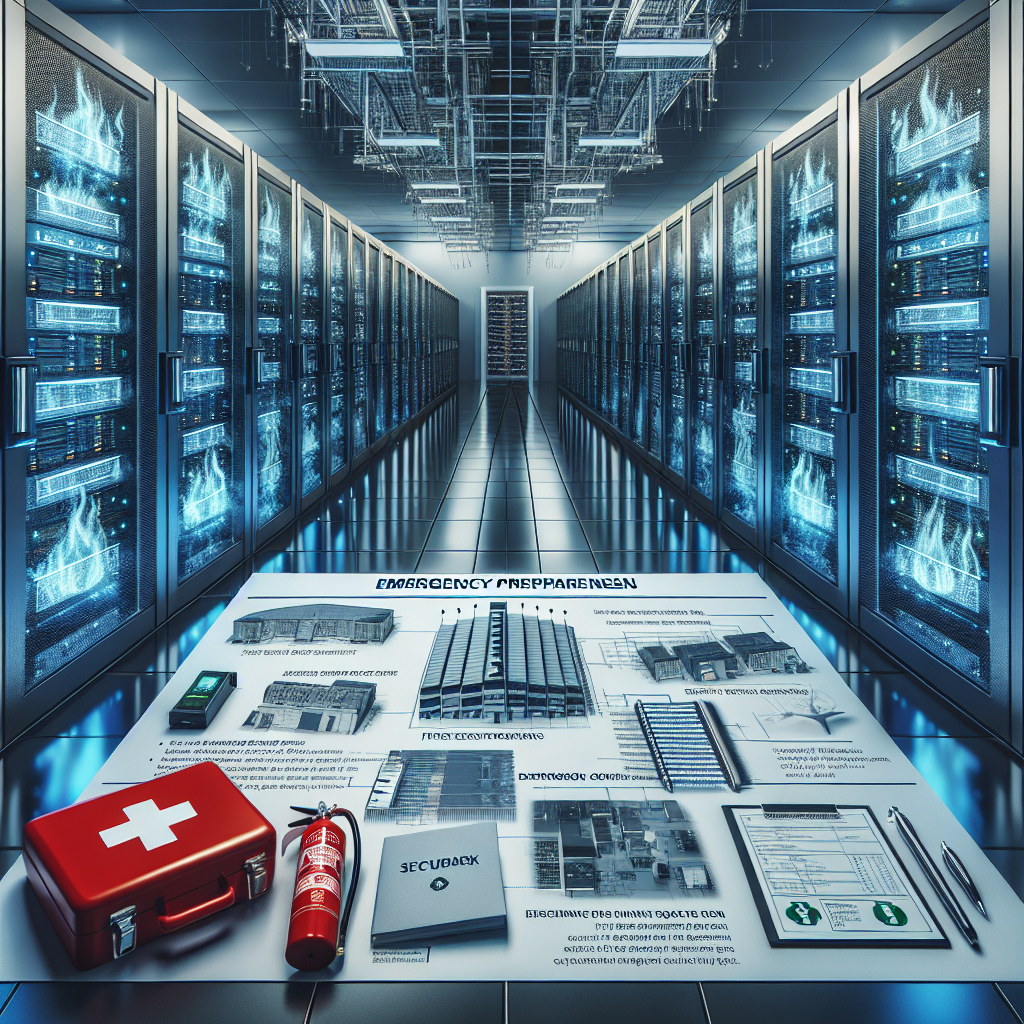Your cart is currently empty!
Emergency Preparedness in the Data Center: Steps to Safeguarding Your Critical IT Assets

In today’s digital age, data centers play a crucial role in storing and processing large amounts of information for businesses and organizations. With the increasing reliance on technology, it is essential for data centers to have a comprehensive emergency preparedness plan in place to safeguard their critical IT assets in the event of a disaster or unforeseen event.
The importance of emergency preparedness in data centers cannot be overstated. A failure to adequately plan for emergencies can result in data loss, downtime, and financial losses for businesses. By taking proactive steps to safeguard their critical IT assets, data centers can mitigate the impact of emergencies and ensure the continuity of their operations.
One of the first steps in emergency preparedness for data centers is to conduct a risk assessment. This involves identifying potential risks and vulnerabilities that could affect the data center, such as natural disasters, power outages, cyber-attacks, and equipment failures. By understanding these risks, data center operators can develop a plan to address them and minimize their impact.
Another important aspect of emergency preparedness in data centers is to establish clear communication channels. In the event of an emergency, it is essential for data center staff to be able to communicate effectively with each other, as well as with external stakeholders such as customers and vendors. This can help ensure that critical information is shared quickly and accurately, enabling a swift response to the emergency.
Data centers should also have a robust backup and recovery plan in place to protect their critical IT assets. This involves regularly backing up data and storing it in multiple locations to prevent data loss in the event of a disaster. In addition, data centers should have a plan for quickly restoring operations in the event of a disruption, such as by having spare equipment on hand or utilizing cloud-based services for redundancy.
Physical security is another important aspect of emergency preparedness in data centers. Data centers should have measures in place to protect their facilities from unauthorized access, theft, and vandalism. This can include installing security cameras, access control systems, and perimeter fencing, as well as conducting regular security audits to identify and address any vulnerabilities.
Overall, emergency preparedness is a critical aspect of ensuring the continuity of operations in data centers. By taking proactive steps to safeguard their critical IT assets, data centers can minimize the impact of emergencies and protect their business from potential losses. By conducting risk assessments, establishing clear communication channels, implementing backup and recovery plans, and enhancing physical security measures, data centers can be better prepared to handle emergencies and ensure the safety and security of their critical IT assets.

Leave a Reply